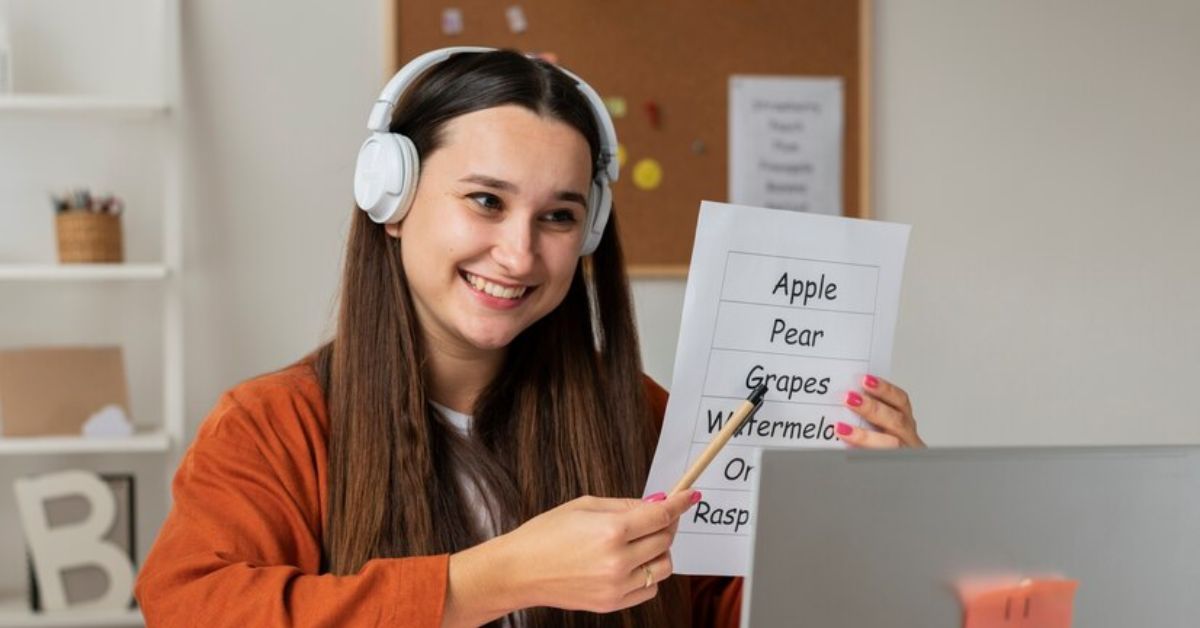Learning a new language, such as Spanish, can be both an exciting and daunting task. However, by adopting the right techniques, you can achieve fluency within a year. Many prospective learners are eager to discover how to learn Spanish in 2025 as a part of their language journey. With a wealth of digital resources and community support, the path to fluency is more accessible than ever.
Personalizing your approach and creating a conducive learning environment play a crucial role in language acquisition. From understanding your unique learning style to connecting with native speakers, the steps you take will significantly impact your progress. Finding ways to seamlessly integrate learning into your everyday life makes the process enjoyable and effective. For instance, practicing simple conversational phrases like how are you in Spanish during daily interactions can boost your confidence and make the language feel more natural.
Discovering Your Learning Style
Determining your personal learning style is essential for choosing the right resources and methods. Are you more inclined towards visual aids, such as flashcards and infographics, or do auditory techniques like podcasts help you absorb information better? Some learners thrive on interactive content, while others need to take comprehensive notes to retain information effectively. Personalized learning can enhance your ability to comprehend and retain information more effectively. Engaging in a style that resonates with you makes the learning experience less cumbersome and more intuitive. Research has shown that personalized learning can significantly improve educational outcomes, making it a worthwhile step in your language learning journey.
Setting Realistic Goals
Goal setting is a foundational step in your language learning journey. Break down your objectives into manageable tasks, setting weekly and monthly targets to monitor progress. For instance, start by learning 50 new words a week, then gradually increase the number as you become more comfortable. Ensuring that goals are specific, measurable, and time-bound aids in creating a solid framework for your studies. Tracking progress boosts motivation and provides a clear roadmap for your language development. Notably, studies from Harvard University emphasize that specific goal setting increases success rates, underlying the importance of having a structured plan.
Creating a Strategic Learning Plan
Consistency and structure are key when it comes to learning Spanish. Develop a balanced plan that incorporates grammar, vocabulary, and conversation exercises. Dedicate specific days to tackle different facets of the language, ensuring each session is productive and engaging. A strategic plan not only includes the what and when of your study sessions but also the how. Incorporate various materials that cater to different aspects of the language, such as reading textbooks, listening to Spanish podcasts, and reading Spanish literature.
Utilizing Digital Tools and Resources
The abundance of digital platforms makes language learning accessible and enjoyable. Apps such as Duolingo and Rosetta Stone offer interactive lessons tailored to individual skill levels. These tools provide flexibility, allowing you to practice on-the-go, and ensure consistent engagement with the language. Online resources such as YouTube channels that focus on Spanish learning, as well as websites offering free language exercises, can be invaluable. Many apps use gamification to make the learning process engaging and rewarding, enabling you to unlock levels and earn badges as your skills improve.
Engaging in Language Immersion
One of the most effective ways to absorb a language is by immersing yourself in it. Surround yourself with Spanish through movies, music, and books. Start with subtitles for added understanding and gradually progress to watching without them to challenge your comprehension skills. This not only aids in improving listening skills and pronunciation but also helps in understanding cultural contexts, enhancing overall fluency. Regular exposure to the language is known to accelerate acquisition significantly, making you more comfortable with everyday usage and vernacular.
Practicing Consistently with Native Speakers
Connecting with native Spanish speakers is invaluable in mastering the language. Platforms like Tandem and Meetup facilitate language exchange, offering you the opportunity to practice real-life conversations and gain insights into cultural nuances. Engaging in conversations helps you apply grammar and vocabulary naturally while also learning colloquial expressions. These interactions are crucial as they provide real-world scenarios where you can practice what you have learned and receive instant feedback, refining your communication skills.
Monitoring Progress and Staying Motivated
Regularly assessing your progress ensures you remain on the right track. Language proficiency tests and self-assessment techniques can help gauge improvement. Setting milestones, such as celebrating your ability to hold a ten-minute conversation in Spanish, can serve as motivation. Remember, learning a language is a marathon, not a sprint. Keep your motivation high by celebrating small achievements and staying curious about the language and culture. Joining forums and online groups focusing on language learning can also help maintain motivation by sharing experiences and success stories.
Connecting with Spanish-Speaking Communities
Joining Spanish-speaking communities, both locally and online, provides a supportive environment for continuous learning. Participate in discussions, cultural events, or Spanish clubs to apply your skills in meaningful contexts, solidifying what you have learned. Such communities offer not only the opportunity to practice the language but also to learn from peers and native speakers alike. They serve as excellent platforms for practicing conversational skills and gaining cultural insights, which are crucial for achieving true fluency in any language.











